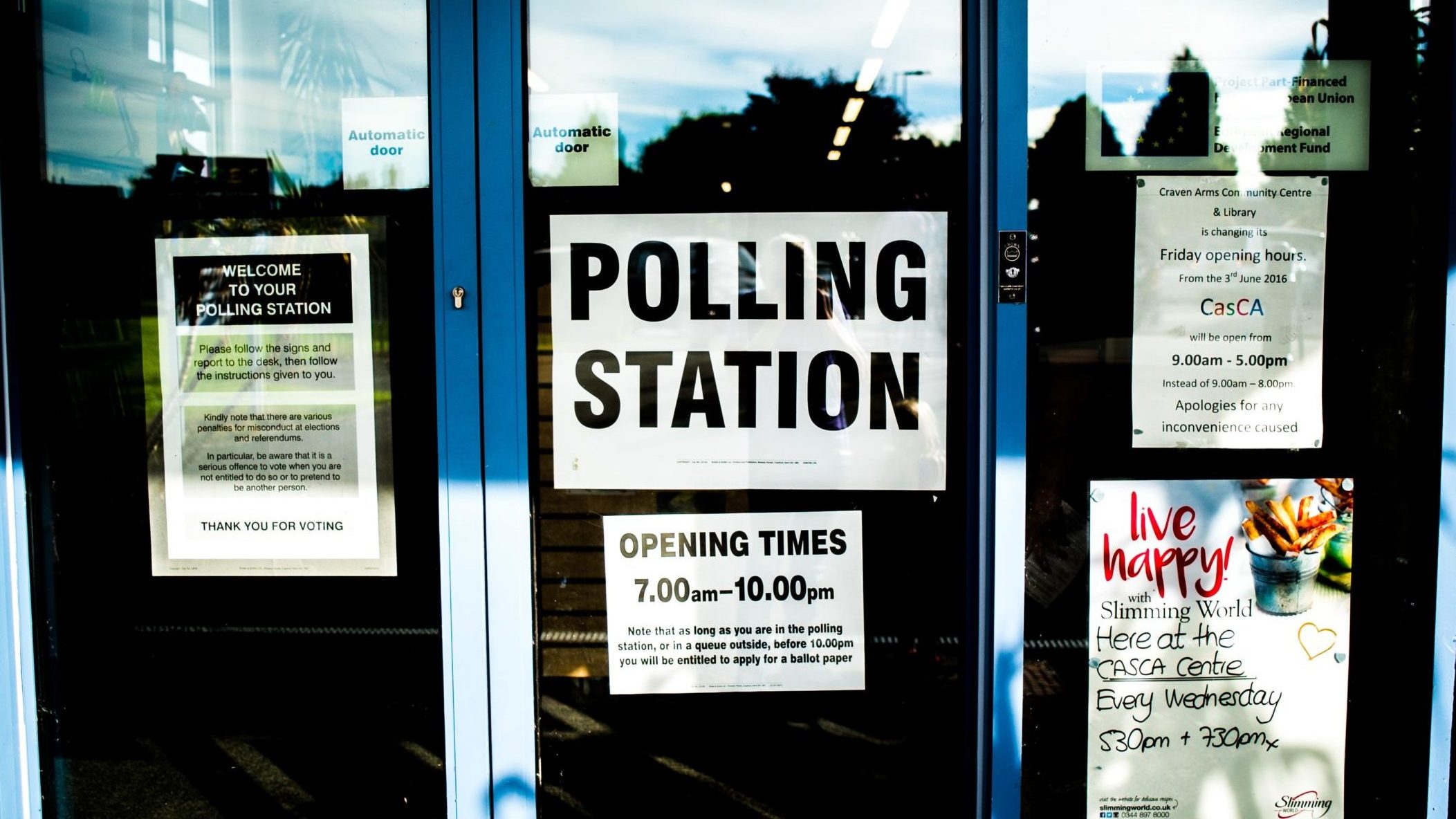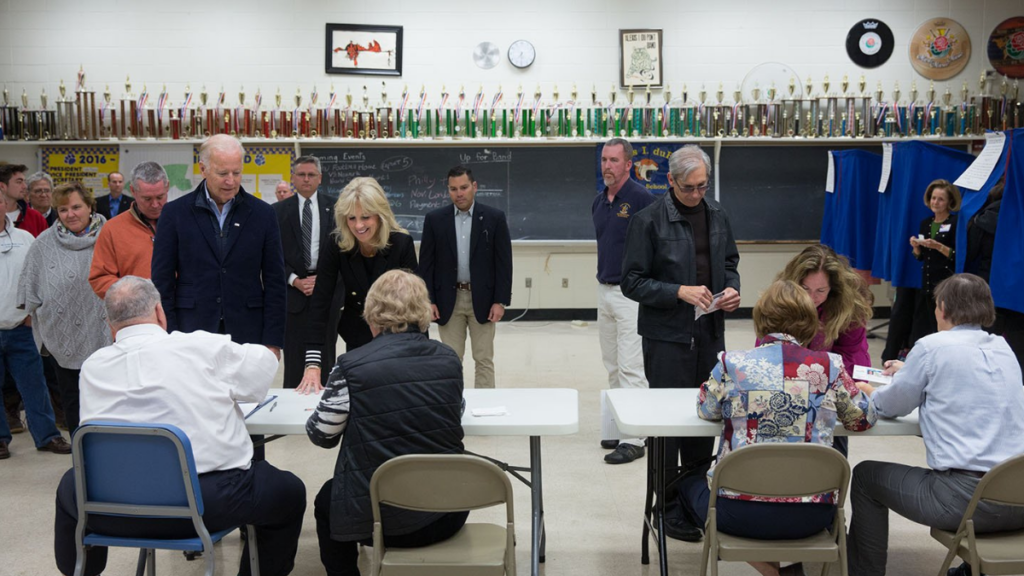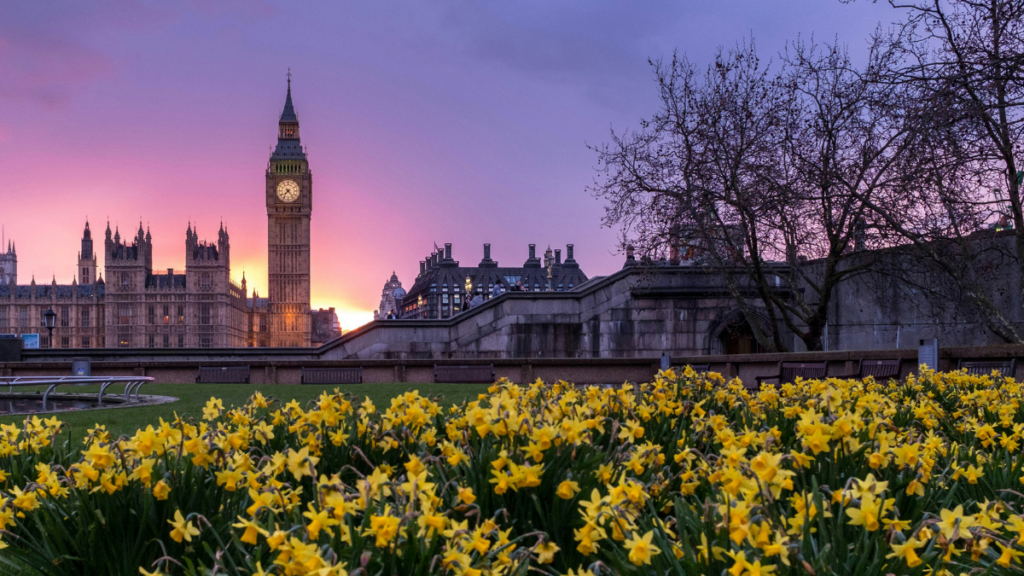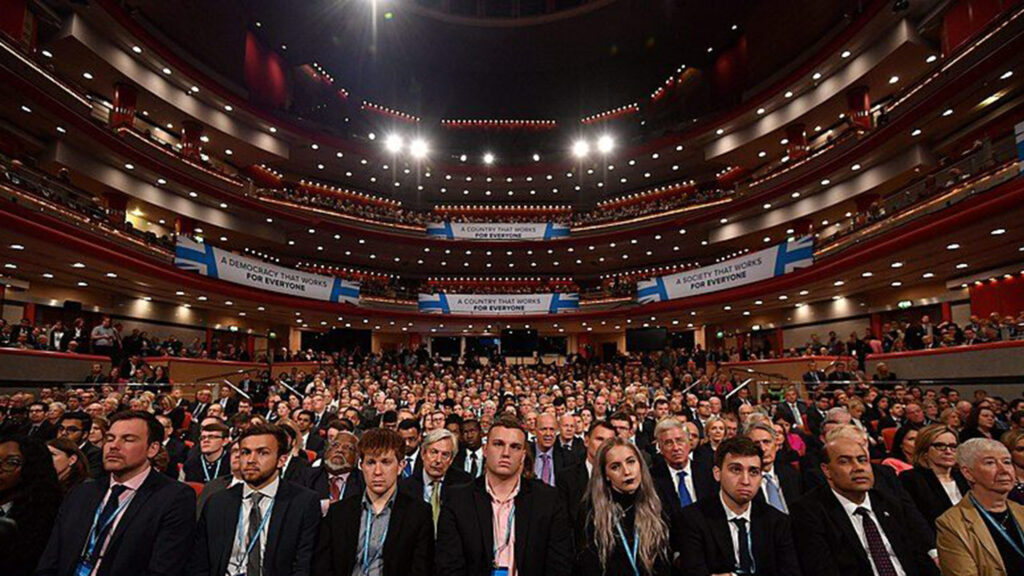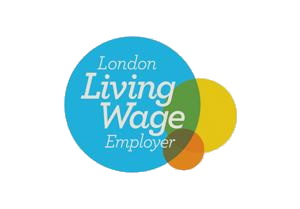As the dust settles from the local elections, our UK political campaign manager, John Moss has been taking the temperature in London and elsewhere around the country.
In Harrow, the Conservatives reversed a Labour majority of seven and took control of the council with a similar majority. There had been boundary changes which reduced the total number of councillors from 63 to 55, but the Conservatives made solid gains across a number of wards (where comparison with the 2018 results is possible) and won by good margins in all but two wards. In North Harrow, Labour fell just 62 votes short of taking both seats in the ward, whilst in Rayners Lane, Labour comfortably topped the poll. But the second seat went to the Conservatives by just five votes. However, even if Labour had taken these three seats, the Conservatives would still have taken the council.
Contrast this with Westminster, where Labour took the headlines and control of the Council for the first time ever. But they did it by the slimmest margin. Across four wards, just 42 more Conservative votes would have meant the Conservatives retaining control of the council.
So what do local candidates feel were the deciding factors in their elections?
In Harrow, a successful candidate told me that Harrow Labour was disorganised and had suffered from internal politics leading to the deselection of incumbent councillors with strong community links. There was also less activist activity – possibly because the Corbynite left had now deserted the party. What seemed to tip the balance here was a very clear strategy from the Conservatives, to capitalise on the boundary changes by running locally relevant candidates, and to campaign over an extended period. Recent revelations about corruption within the Labour-run council may also have had an impact.
However, in Westminster, I heard of a similar malaise affecting the Conservatives. Usually busy committee rooms (homes from which activists work on Polling Day, targeting voters who haven’t yet voted), where 30-40 people might be expected to turn up to campaign, saw only a handful of activists all day.
I spoke with a candidate who won their seat in one of the wards in Westminster.
The feeling here was that the wider local strategy, which focused on targeting only Conservative-leaning voters, was wrong, and that this left the Conservatives at greater risk of voters staying at home because of local or national issues. This candidate succeeded by door-knocking the local council estate and engaging directly with ethnic minority communities, building personal support which secured their win.
Elsewhere in Westminster, the local issue of The Marble Arch Mound appears to have allowed Labour to push a negative local message as well as ride on the back of the prevailing national mood. Highlighting this in literature and in doorstep conversations saw Conservative voters switch to Labour or simply stay home. That the Conservatives ignored the issue may have compounded this.
Similarly, where the Conservatives had a clear local issue on which to campaign, it appears Conservative voters could still be enthused. In Enfield and Waltham Forest, unpopular plans for housing developments were highlighted by Conservative candidates (in both cases, opposing entrenched Labour administrations with big majorities). The result in Enfield saw the Conservatives secure the most gains for their party anywhere in England, taking eight seats from Labour. In Waltham Forest, where boundary changes saw the Conservatives one seat down anyway, they held all their existing wards and almost took out the Labour Mayor, who managed to hold the third seat in Valley ward, by just nine votes, after a recount.
Elsewhere in London where the Conservatives lost seats, wards and councils, it appears to have been a fall in Conservative turnout which did the damage. Take for example, Childs Hill and Brunswick Park wards in Barnet – the Labour vote totals here barely moved from 2018, but the Conservative votes were down by between 400 and 600.
What about other parts of the country?
There is a similar story outside London. The Conservatives invested a lot of time and money in the campaign in Bury. Boris Johnson went there to launch the Fair Football policy and the imposition by the Labour Mayor of Greater Manchester of a Clean Air Zone charge on older vehicles was perceived to be a potential vote loser for Labour.
Not so. The Conservative vote seems to have stayed at home and wards where the Conservatives had expected to be competitive, they were far from it. Labour held seats comfortably, and Conservatives lost to independent and resident association groups. Across the borough, turnout was down from 44% in 2021 to 39% this year.
However, in the Midlands, the news was more positive for the Conservatives. All-out elections in Newcastle-under-Lyme saw them win outright control for the first time and they retained control in Cannock and Tamworth. Dudley was another Midlands council which Labour targeted, but local sources tell me that in the end, Labour retreated to defending their own marginals, not attacking the Conservatives, resulting in the Conservatives retaining all previously held seats.
Local issues matter in local elections
This is the only solid conclusion that can be drawn from the results of these local elections. But in the absence of local issues, national issues did affect the turnout and not just for the Conservatives. Whilst Labour can’t claim to have had a great night – beyond the headlines about Wandsworth and Westminster, they really did not perform well – the Conservatives suffered most, losing 336 seats in England, 63 in Scotland and 86 in Wales.
The Liberal Democrats therefore seem to be the party which can take the most comfort from the results last week. They were the only party to see substantial gains in their vote share and they added more councillors and councils than Labour.

